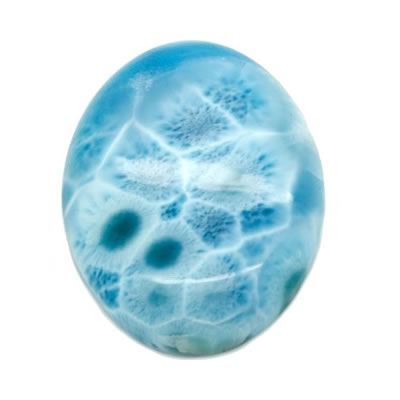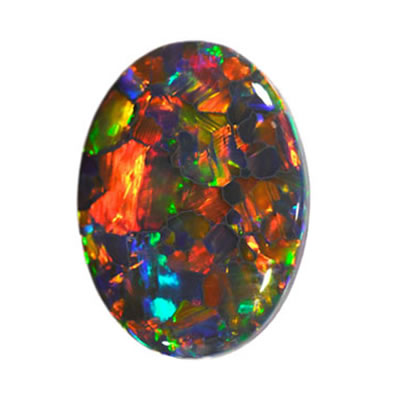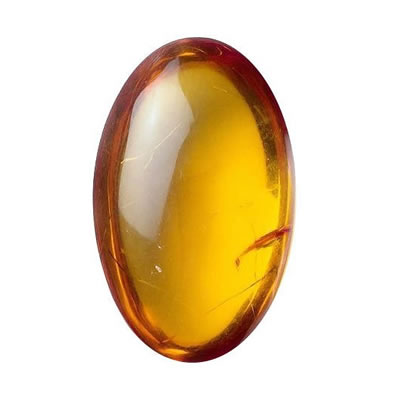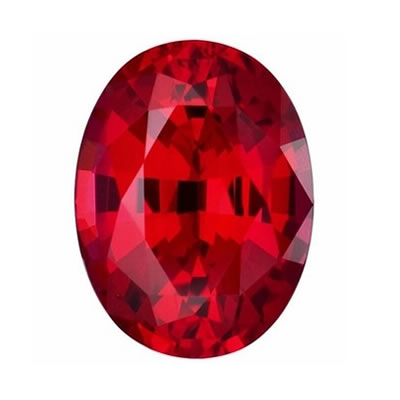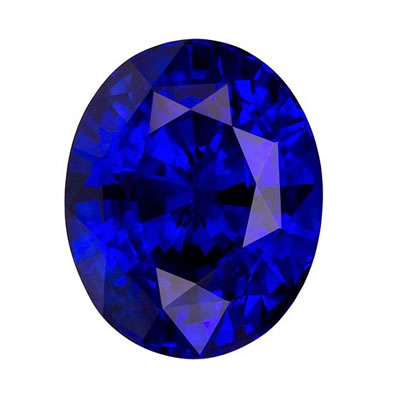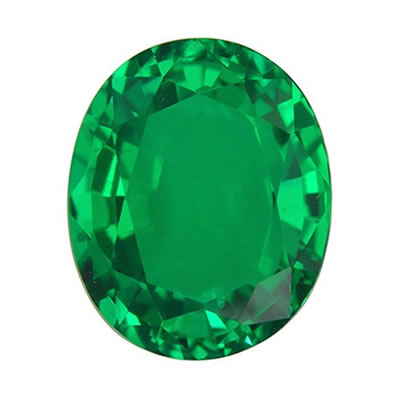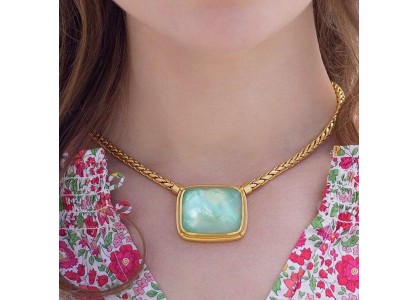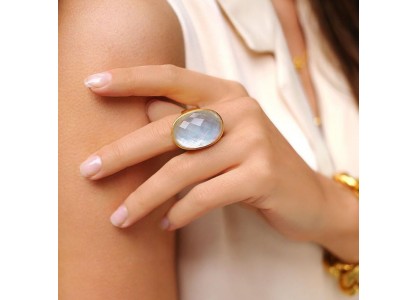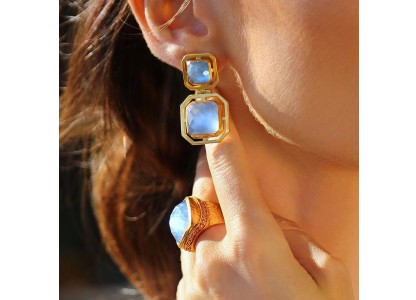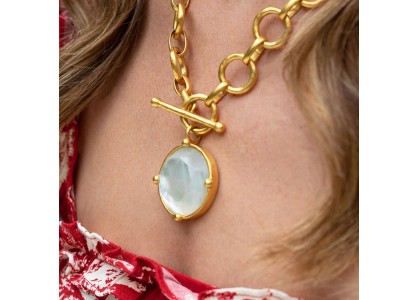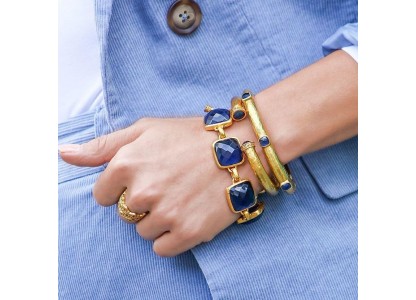Jade (jadeite)

Jade (jadeite)
Etymology and history
Jade has been known and treasured for prehistoric ages. Since at least 2950 BC, jade has been treasured in China as the royal gemstone. The English word jade (alternative spellings "jaid", "jadeite") is derived (via French l'ejade and Latin ilia from the Spanish term piedra de ijada (first recorded in 1565) or "loin stone", from its reputed efficacy in curing ailments of the loins and kidneys. Nephrite is derived from lapis nephriticus, the Latin version of the Spanish piedra de ijada
Jade description
Jade is a pyroxene mineral and is monoclinic. It rates as a 6.5-7 on the Mohs scale of hardness (compared to 6-6.5 for nephrite). It is a dense mineral with the specific gravity of around 3.4.Jadeite is formed in metamorphic rocks under high pressures and low temperatures. It is formed in the common mineral Albite which through increasing pressures breaks down to form jadeite and quartz. Jade appears to form from subduction zone fluids with serpentine. It is very resistant to weathering and boulders of it are released in areas with in serpentine. The colors range from white in its purest form to apple and deep greens, the famous Olmec Blues of Guatemala, pink, lavender and others. Color is affected by the range of trace elements found in the surrounding soils such as iron which adds reds and other darker colors to chromium.
Jade in jewelry
Jade is the perfect material for rings and necklaces. Jade necklaces are found through a wide variety of designs. Jade pendants that dangle from chains or ropes.
Occurrence
Jadeite deposits are found in upper Burma. Other deposits are found in Japan, Canada, Guatemala, Kazakhstan, Russia and California. Nephrite deposits are found in China, Burma, New Zealand, Australia, Brazil, Canada, Zimbabwe, Russia, Taiwan and Alaska.
Talk to Our Jewelry Experts
Monday to Friday from 9AM to 5PM EST

